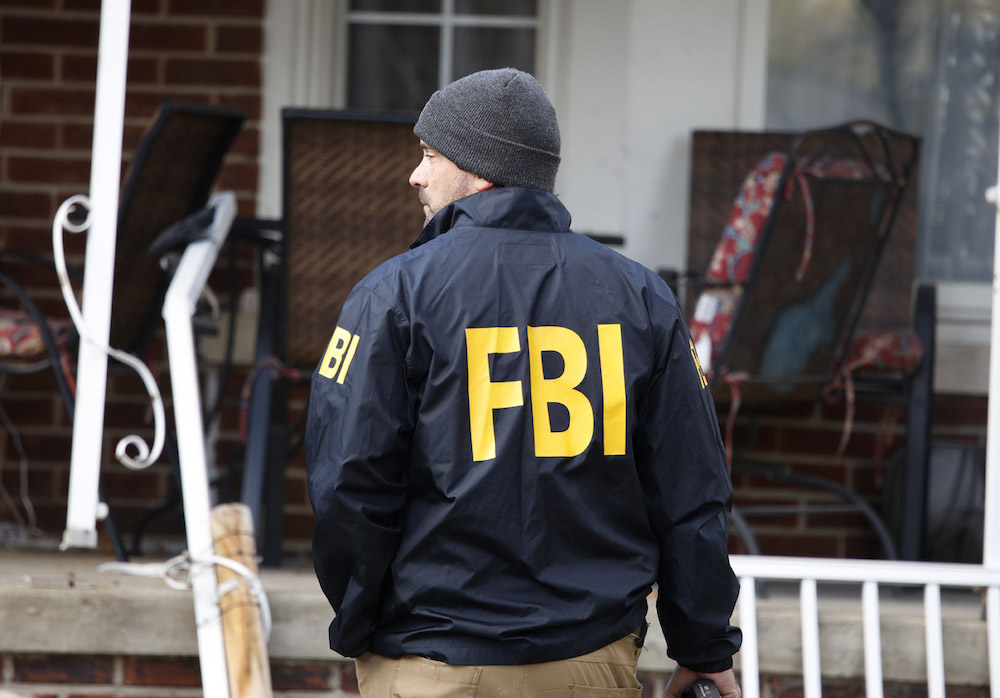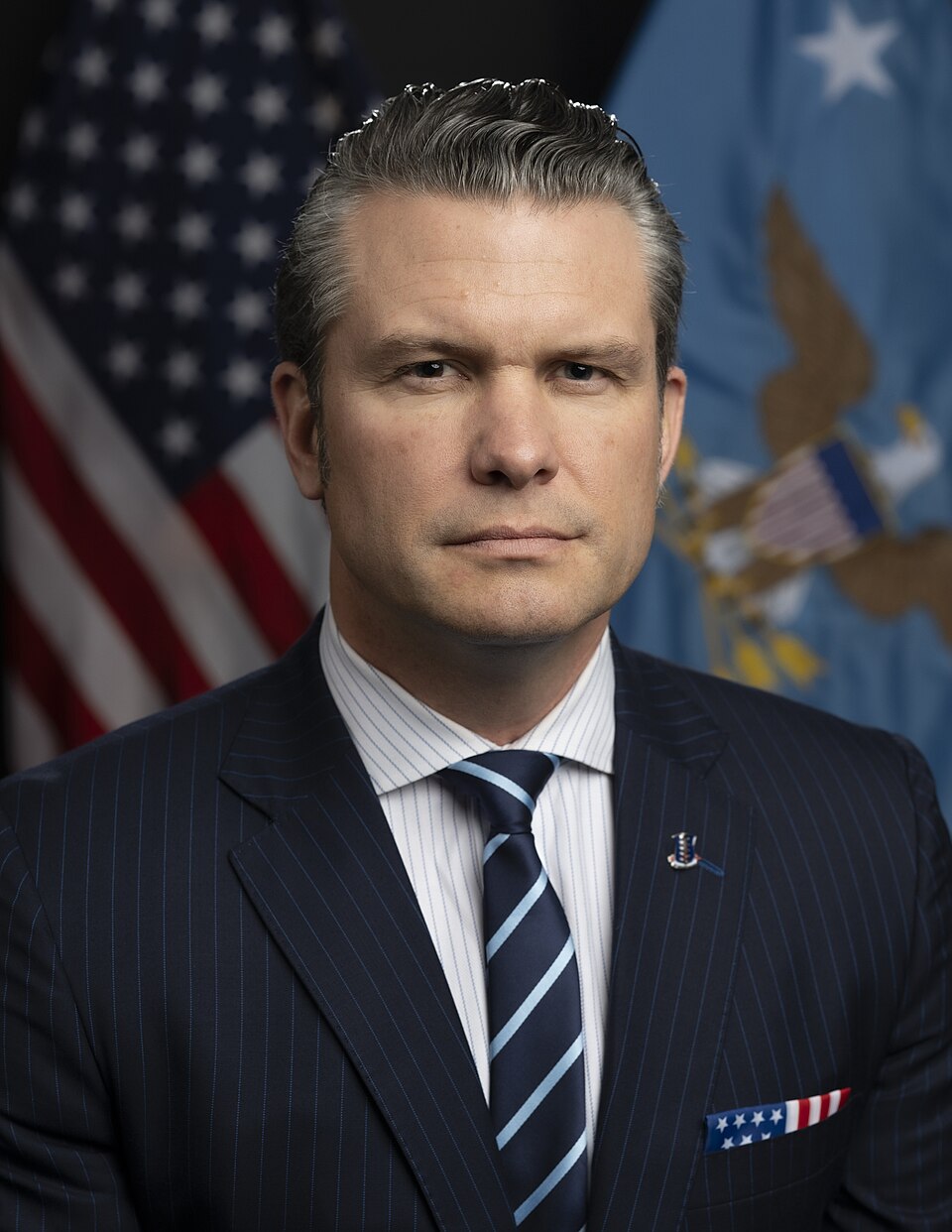
On the ever-popular Facebook, words of support, encouragement and disbelief plaster a wall with 2,700-plus followers dedicated to the elderly, ever-elusive San Diego bank robber dubbed the “Geezer Bandit”.
“This is the first time I’ve heard of this guy,” wrote one Facebook fan. “And he just became my personal hero.”
“Financial crisis in the US,” another admirer commented. “The old guy rips off banks. I would say totally understandable.”
Similarly, more than 93,000 Facebook users have joined one of the many pages dedicated to the nefarious activities of Colton Harris-Moore, aka the “Barefoot Bandit”, who was recently apprehended in the Bahamas.
The Geezer Bandit and the Barefoot Bandit are among the latest arrivals in a decades long phenomena — America’s selective love affair with serial bank robbers — an infatuation that took hold in the 1930s with such legends as Bonnie and Clyde and John Dillinger. Books have been written. Movies have been made.
“Fascination and hero-worship for undeserving criminals is a pathetic piece of our popular culture,” James Alan Fox, Lipman Family Professor of Criminology, Law and Public Policy at Northeastern recently wrote in a blog entry on boston.com. “All sorts of offenders, no matter how despicable their crimes, have been revered by a sizable minority of Americans.”
Why the fascination?

Perhaps the bandits represent the underdog, the working class, going up against the Titans of big finance. Or perhaps it plays on our subconscious, the dark side of us which has a perverse curiosity — even just for a fleeting moment — to live vicariously through these criminals, to imagine what it would be like to make tons of easy cash and play an adult version of hide and seek with the law.
Criminologists say the public tends to see it as a victimless crime, often forgetting that folks like Bonnie and Clyde killed 13 people.
“Robbing a bank, in a way, I think the public gets the impression that no single individual gets hurt,” said Lawrence Kobilinsky, chair of the Department of Sciences at John Jay College of Criminal Justice in New York, who has aided prosecutors in several bank robbery cases.
That pervasive thought is bolstered by the fact banks are insured for losses by FDIC insurance. But in reality, the taxpayers ultimately foot the bill.
“People feel really, really adversarial against banks,” Robert Thompson, a professor of pop culture at Syracuse University, said. “To some degree, some portion of America equates big banks with the bad guys.”
Yes, the majority stickups are non-violent. In fact, the FBI says violence played a role in only 4 percent of the 6,062 bank related robberies, burglaries, and larcenies that occurred in 2009.

“The (bank robbers) that go in with just a note and a threat are quite different bank robbers than ones that go in armed to the teeth,” Kobilinsky said. “Someone who goes in with a gun is a very different robber than one that doesn’t. The ones that have a gun must be prepared to use it.”
The Geezer Bandit would fall into the latter category. The suspect, described as being 60 to 70 years old – though his photos make him look easily in his 70s — is believed to be responsible for 10 bank robberies in San Diego County and one in Riverside County since August 2009. His stature was elevated to “serial bank robber” after he knocked off three banks – the minimum required to earn that label.
According to FBI spokesman Darrell Foxworth in San Diego, the Geezer Bandit has carried and pointed a gun at tellers during several robberies.
Despite the implicit threat of violence, the Geezer Bandit has generated an immense amount of fanfare. Online, thousands have rallied behind him, rooting him on like a favorite athlete after each robbery. One website has even begun to hawk “Geezer Bandit” memorabilia including t-shirts, hats, mugs, and ties commemorating the felon.
Obviously, his age is a key factor to the outpour of popularity. Interestingly, the possibility of a younger man wearing a disguise has not been ruled out. “That’s something that’s part of the investigation,” Foxworth said. “That’s something that we’re considering.”
While his age is key to his popularity, it helps that he hasn’t harmed anyone.
“People always like the roguish villain as long as he doesn’t hurt too many people,” said Larry Schweikart, a history professor at the University of Dayton, who along with Lynne Doti, co-authored the book “Banking in the American West from the Gold Rush Through Deregulation.”
“I suppose bank robbers are in a unique category,” Thompson said. “There’s a long tradition of bank robber bad guys, but there’s also a long tradition of bank robber good guys. How we perceive (the crime) depends on the nature of the story.”
The manner in which a bank robbery is executed matters in the shaping of the story. Willie Sutton, a famous bank robber from the 1930’s and 40’s, “had the reputation of a gentleman” according to his FBI page. “People at his robberies stated he was quite polite” it continues.
Bonnie and Clyde, Dillinger, Butch Cassidy, and Jesse James were not quite as polite as Sutton. Regardless, criminals are fertile ground for storytelling.
Films often take creative liberties concerning the historical accuracy of a story, those involving bank robbers included.
Oftentimes, bank robbers appear in film in a sympathetic light or in a way that justifies their behavior due to misfortune beyond their control. This can cause viewers to lose sight of the fact that many carry a weapon.
“I’d like to remind (the public) that the Geezer Bandit is not someone who should be idolized or glamorized in any way,” Foxworth said. “This is an armed and dangerous individual who we believe is responsible for 11 bank robberies.”





